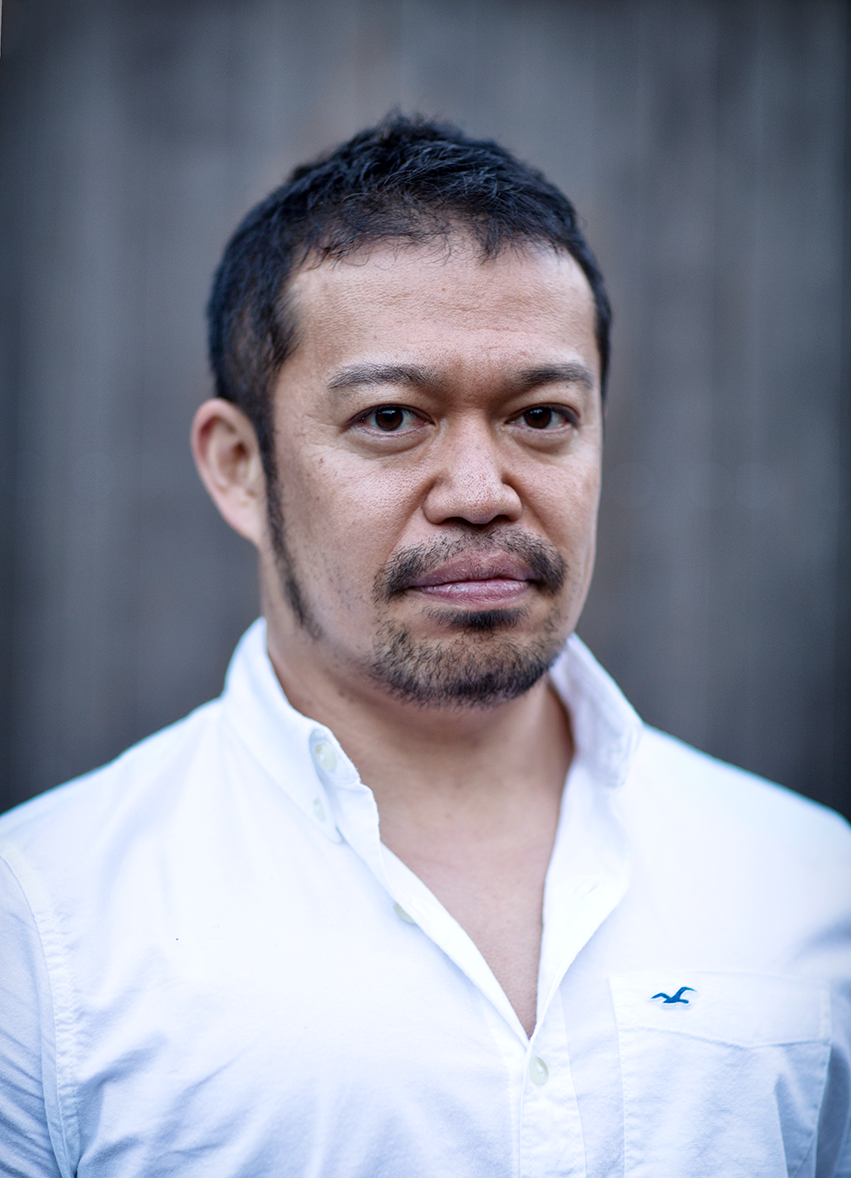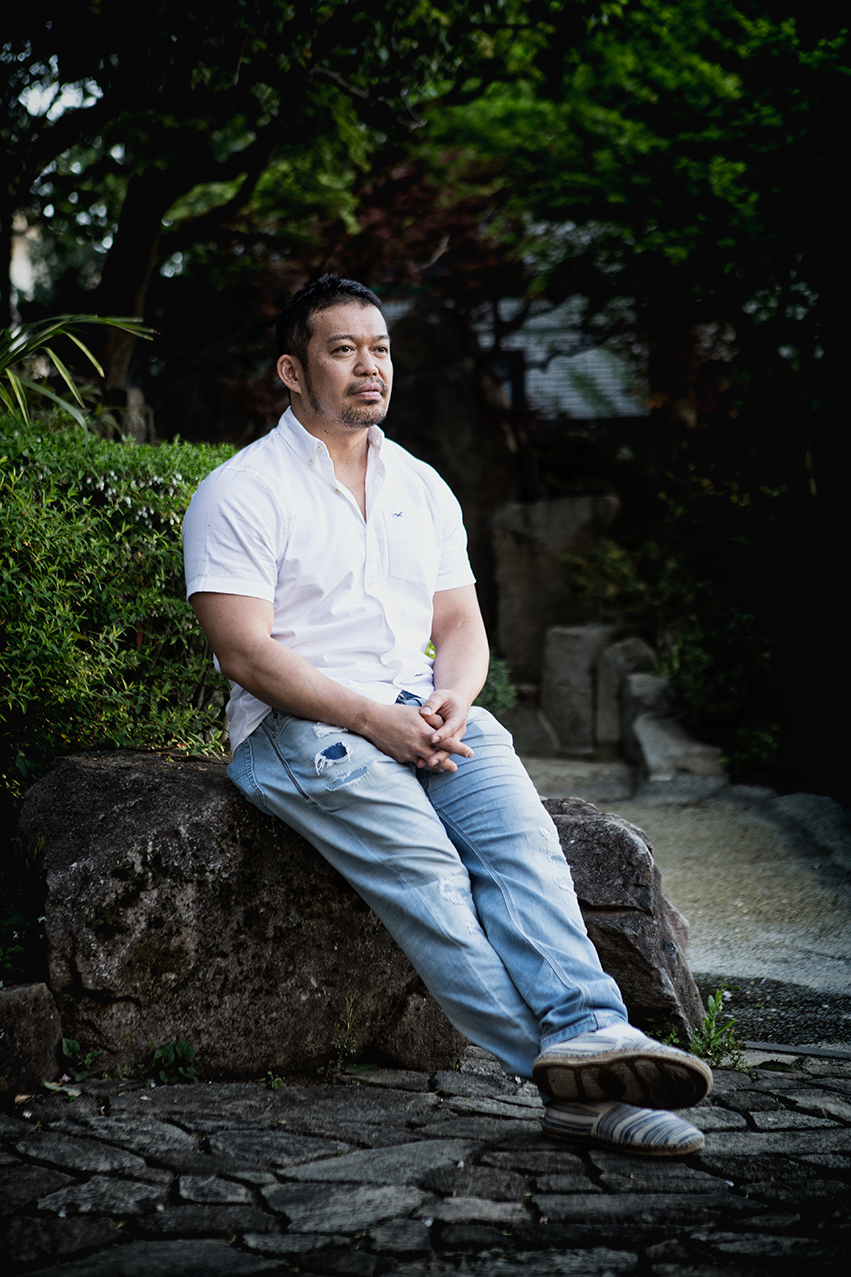Japan
Even in 2024 you won’t find any data about people living with HIV (PLHIV) in Japan on the UNAIDS website where nearly all countries share their HIV related data. We can only assume this is related to the difficulty of the topic in Japanese culture.
We do know from government reports that with Japan’s declining population of about 125.000.000 (2023) there are more than 17000 people living with HIV (PLHIV) today.
At least 1500 of them were infected by contaminated blood products in the 1980’s – a significant point in the history of Japan’s official HIV policies. Most of the early HIV infections in the 80’s and 90’s were caused by contaminated blood products.
In 2018 940 new ‘HIV cases’ (without AIDS symptoms) and 377 new ‘AIDS cases’ were detected which suggests that approximately one third of HIV/AIDS cases are not diagnosed with HIV until the patients seek care for AIDS symptoms.
Older data from UNAIDS (2016) showed that 57.3% of new HIV cases were of men who have sex with men (MSM) and 27.2% to heterosexual contact with only a tiny percentage of people who inject drugs (PWID).
(Source: Japanese government reports and UNAIDS data 2016)
Voices and Faces from Tokyo 1
According to the latest figures from UNAIDS, only 17,000 people (0.013%) of Japan’s 127 million live with HIV. That’s a manageable number compared with other Asian countries. More than 60% of the infections are found in the gay community, so it’s not surprising that the most registered infections are in Tokyo.
We’re curious about HIV in Japan because of this great country’s unique history and culture. What does the HIV epidemic mean to the gay community? How easy or difficult is it for people to communicate about sex and HIV in Japan? Is HIV a taboo, or is there more to it?
Gaku
April 2017, Tokio, Japan

ITS UP TO OUR COMMUNITY.
I’m a sociologist and do a lot of research. In the course of my studies, I’ve also done research into HIV-infected young people. I asked young men between 20 and 24 what it meant to be HIV positive. How they felt! How they saw their future! For that research, I lived two years in Thailand. Back in Japan, in August 2013, I discovered I was infected myself.
No, I wasn’t shocked when I heard of my infection. Through my research, I knew that symptoms of flu and fever can indicate HIV. When my doctor found no explanation for my flu at the time, I asked him for an HIV test.
My HIV has changed me. I used to be quite focused on my own life. I didn’t give a lot of thought for others. Through my HIV, I became aware that there are many more people who suffer from troubles: people who are sick, people who live in difficult situations…
Medical conditions in Japan are very good. What I want to get across to people is that there’s still a lot to do in the social field. What does it mean in everyday life when you have HIV? How do you feel? I’m currently researching a group of 20 people with HIV for the sociological aspects of HIV infection. It’s important that we learn how to live with HIV.
That’s a task we have to take up ourselves as an HIV community. We have to do it together. At the hospital you’ll see people in the same boat as you, but the hospital isn’t a good place to talk with others. And due to strict privacy rules, the hospital is forbidden to put people in contact with one another. It’s really up to the community.
The most difficult thing is to accept yourself, to talk openly about your HIV, to tell others that you have HIV. That’s why I want to take part in this special initiative. I want all that to change.

